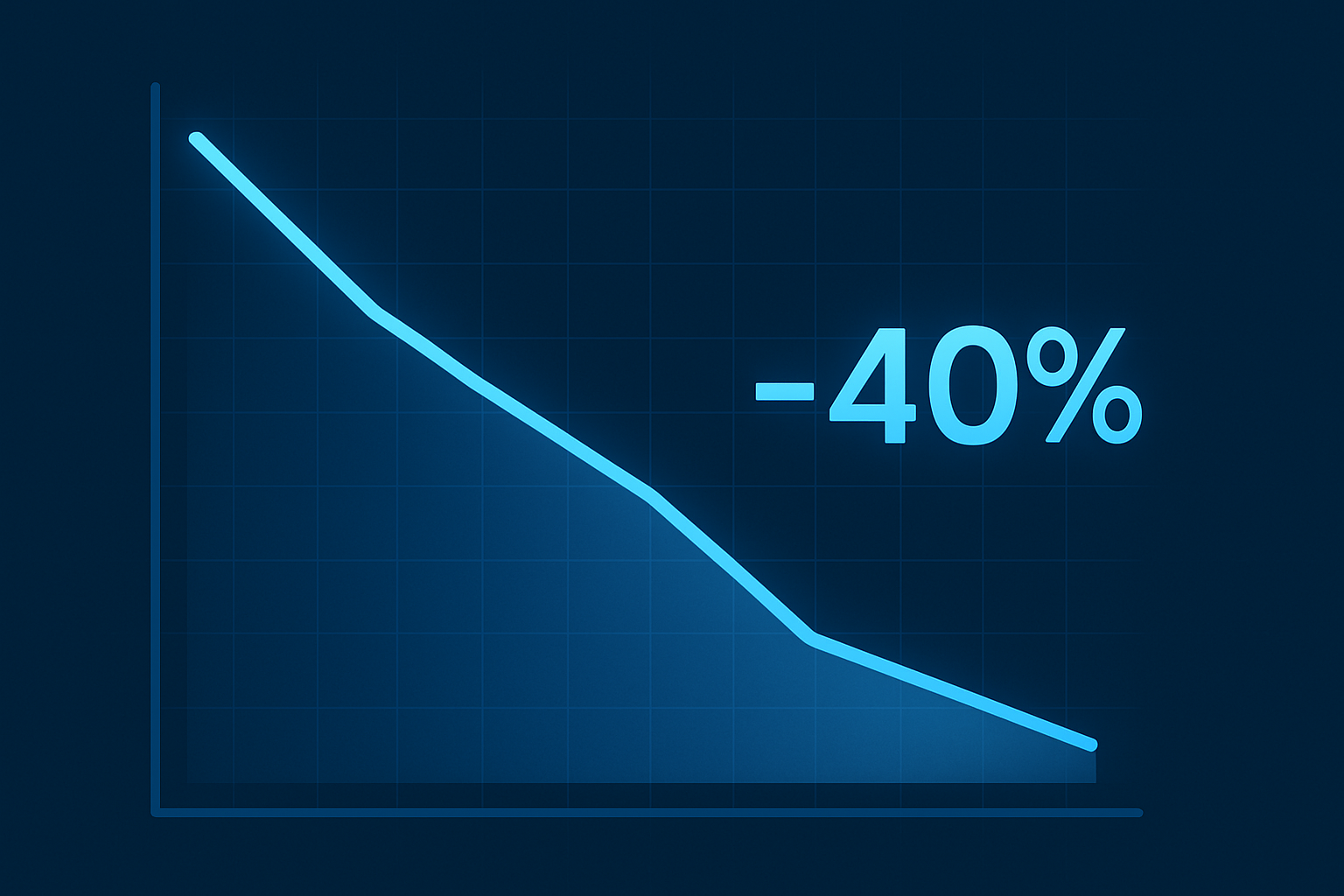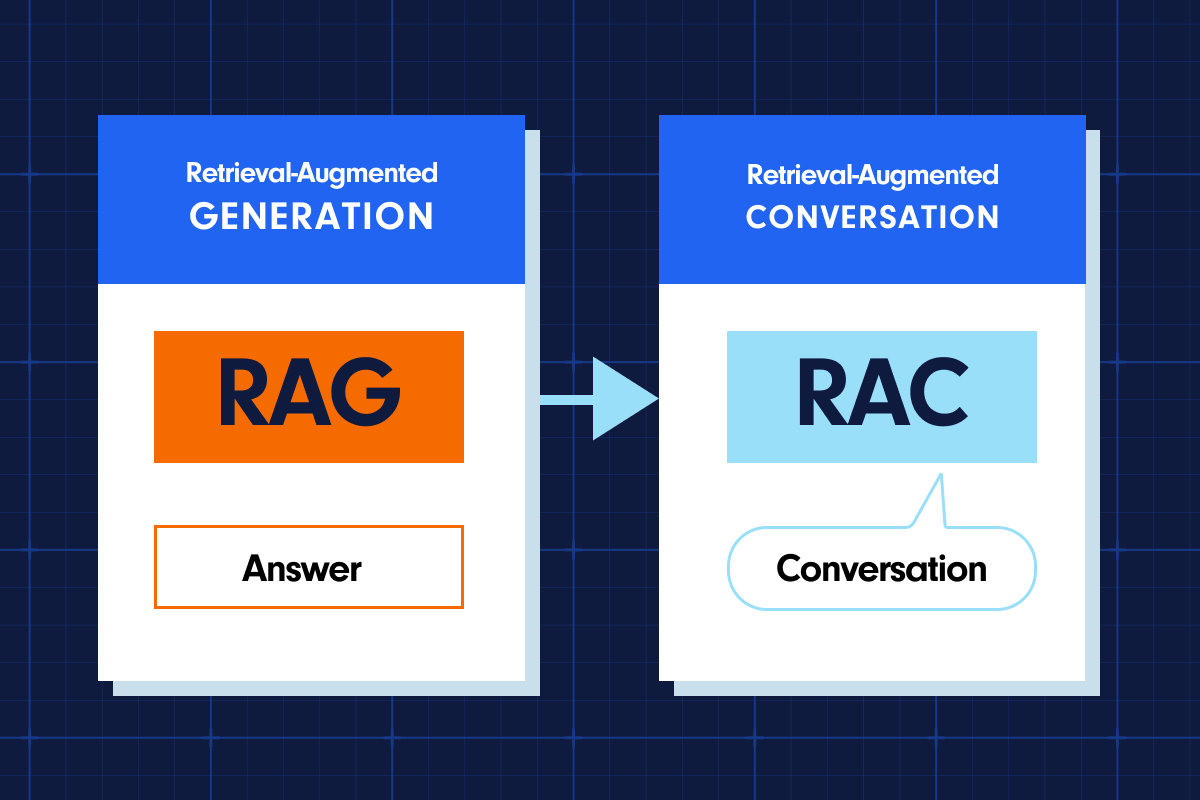We’re used to thinking of AI as something that lives in the cloud. It’s always-on, always-connected, and always-reliant on internet access. But what happens when that connection drops?
For most AI systems today, the answer is simple: they stop working.
That’s a problem. Because the moments when AI guidance matters most – the highest-stakes situations – often happen in the least connected places: a military outpost, a remote facility, the factory floor, in the air, under the ocean, or out on the road. The recent power outage that swept across parts of Europe was a harsh reminder of just how fragile connectivity can be. When the grid went down, so did access to critical systems – transportation, communication, even medical equipment. In moments like these, you need intelligence that shows up anyway. And once you’ve had it, you get used to it fast. So fast that when it’s gone, it feels like losing a sense you didn’t realize you relied on.
This is where offline AI comes in.
Offline AI Is Not Just a Feature. It’s a Paradigm Shift.
Building AI that works without a signal may sound like a convenience, but it’s actually a fundamental change in how we architect intelligent systems. Until now, large language models (LLMs) have depended on constant access to the cloud. They’re massive, resource-hungry, and typically tethered to datacenters. But new breakthroughs in edge computing, model compression, and contextual prioritization are changing that.
Today, it’s possible to embed lightweight, task-specific AI directly onto a device, giving users access to natural language tools, intelligent search, and decision support even when they’re offline. It’s like having ChatGPT in your pocket, but one that’s been trained specifically for your domain, your workflows, and your knowledge base.
This isn’t theoretical. It’s happening right now. And it changes everything.
Why Offline Matters
Offline AI brings a host of benefits that extend far beyond just convenience:
- Reliability in critical moments: From disaster response teams cut off from the grid to technicians, soldiers, or frontline workers in connectivity dead zones – intelligence needs to be there when everything else isn’t.
- Speed and responsiveness: Without the latency of cloud roundtrips, on-device AI delivers lightning-fast results tailored to the task at hand.
- Data privacy and control: Sensitive operations can now be performed locally, without needing to send data into the cloud.
- Resilience at scale: When AI is embedded at the edge, systems become less dependent on centralized infrastructure, leading to more robust and scalable deployments.
Think of it like downloading a playlist on Spotify or a movie on Netflix before you get on a plane. You don’t have to think about whether it’ll work, it just does. That’s the level of simplicity and trust we should demand from our AI systems.
A Future Where Intelligence Follows You
The next generation of AI won’t be defined by how big the models are, but by how close they are to where real decisions get made.
AI that is embedded, autonomous, and adaptive will reshape how we operate, especially in environments where connectivity cannot be counted on. From emergency response to defense operations to mission-critical infrastructure, the ability to access knowledge and guidance anytime and anywhere will define the difference between AI that is ready for anything and AI that falls short when it matters most.
Offline AI isn’t just the future, it’s already here. And it’s about time.
About the Author
 Assaf Melochna, President and CoFounder, Aquant
Assaf Melochna, President and CoFounder, Aquant
Assaf Melochna is the President and co-founder of Aquant, where his blend of decisive leadership and technical expertise drives the company’s mission. An expert in service and enterprise software, Assaf’s comprehensive business and technical insight has been instrumental in shaping Aquant.
Recent Posts
-

How Businesses Can Avoid Becoming Part of Gartner’s Predicted 40% Failure Rate in Agentic AI Projects
Read More »July 14, 2025 Assaf Melochna






